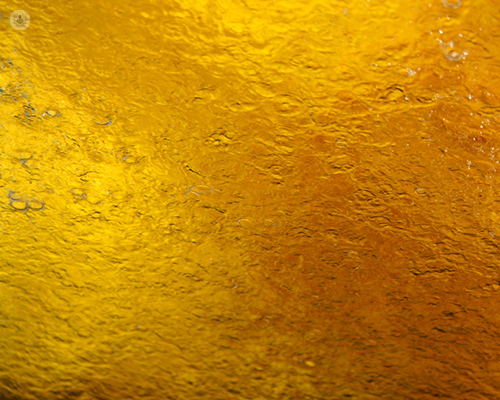



What is Deflux® injection?
Deflux® is a treatment for vesicoureteral reflux (VUR), a condition in which urine flows back upwards from the bladder towards the kidneys. It comes in the form of an injection, and prevents urine from passing back up the ureters (the tubes that carry urine from the kidneys to the bladder). Deflux® is sometimes referred to as the “STING procedure”, in reference to the previously used injection it replaced.
Why is it done?
Deflux® is usually used to treat VUR, a condition usually found in babies and young children. In patients with VUR, the valves at the bottom of the ureters (where they empty in the bladder) do not close properly, allowing urine to reflux back up into them, sometimes even as far as the kidneys. VUR can lead to swollen kidneys and repeated urine infections, which in turn can cause abdominal pain, a burning sensation while urinating, fever, vomiting, and loss of appetite, among other symptoms.
If infected urine refluxes as far as the kidneys, it can damage then, which may lead to other adverse conditions later in life, such as high blood pressure or kidney failure.
What does it involve?
Deflux® is injected via a cytoscope where the ureters connect to the bladder. As Deflux® is a bulking agent, the injection causes increased tissue bulk where the ureter drains into the bladder, enabling it to close when the bladder fills and contracts. This means that urine will not be able to reflux up into the ureter, instead draining as normal through the bottom of the bladder.
The procedure is usually performed under general anaesthetic.
How do you prepare for a Deflux® injection?
First, the doctor will perform a pre-assessment, checking the patient’s general health, taking a medical history, and providing the patient with information about the procedure.
The doctor’s instructions should be following, for example, how long before the procedure you should eat or drink.
Aftercare
Deflux® injections are usually done as a day case, with patients going home the same day. They should follow the doctor’s advice and instructions as to what activities they should and shouldn’t engage in. If the patient experiences pain while urinating or has a fever after the procedure, they may have an infection and should go to A&E.
Follow-up appointments are usually set for 2-3 months after the initial injection to check the treatment has been successful or if further injections will be needed.
Alternatives to this treatment
Measures can be taken to avoid urine infections, such as drinking 1.5-2 litres of fluid a day, urinating regularly, and, in the case of women, avoiding contraceptives with spermicide and urinating immediately after sex.
Another alternative that may be prescribed in certain cases is a long-term course of low-dose antibiotics.
There are also surgical options, but these are more complicated and invasive, and require a longer recovery time.